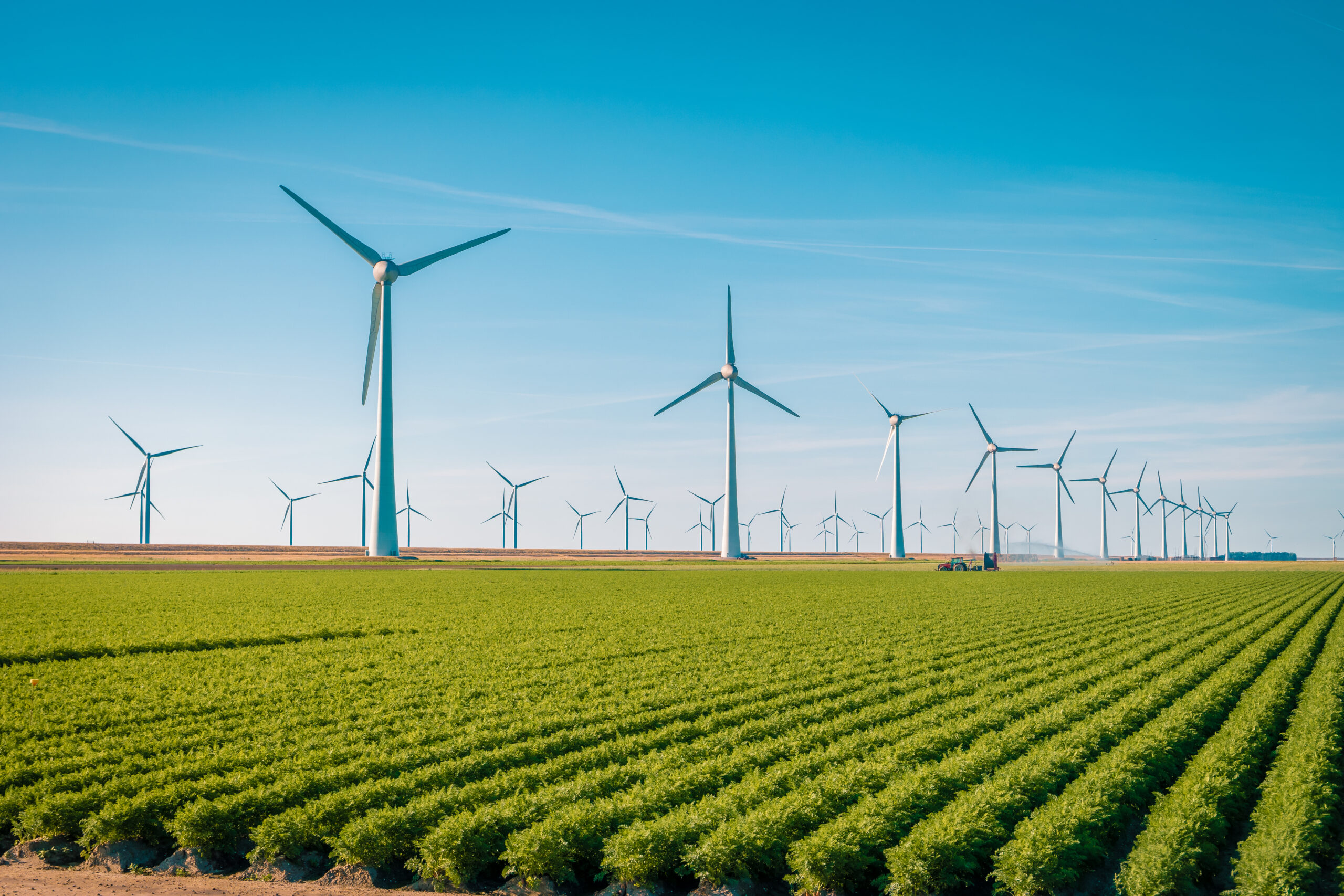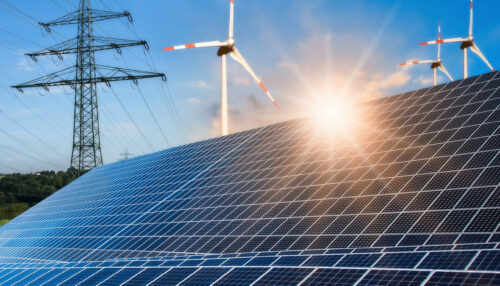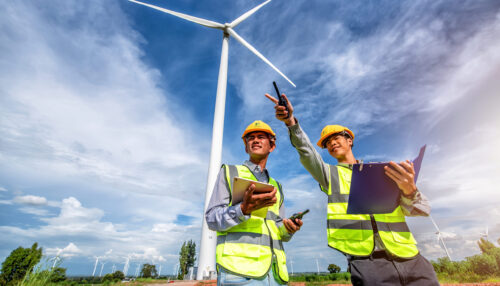
The Current State of Utility-Scale Energy: Economic Insights for Developers and Investors
April 15, 2025
The USA’s utility-scale energy sector is rapidly evolving with technological advancements and shifting economic fundamentals. For developers, investors, policymakers, and consultants, understanding the evolving landscape of energy generation is critical. As we move towards cleaner, more efficient energy solutions, questions arise: What is the real cost of developing new energy facilities? What technologies provide the best returns on investment? How do regulatory changes and environmental considerations influence the viability of different energy sources?
This analysis explores the current cost structures, development considerations, and future trajectories of major power generation technologies. By connecting these details to the broader context of energy trends and regulatory developments, we better understand the challenges and opportunities that lie ahead in the energy transition.
The Changing Energy Landscape
As energy demand grows, cost evaluation extends beyond traditional metrics, including grid integration, environmental impact, and operational flexibility. This requires assessing key factors, such as:
- Technology-specific cost trends
- Capital investments
- Development timelines
- Environmental and social impacts
- Policy and regulatory considerations
By reviewing the levelized Cost of Electricity (LCOE), which integrates all expenses over a facility’s lifetime, we provide a common metric for cost comparison (Lazard, 2023). Even without subsidies, renewable technologies rival or outperform nonrenewable technologies when it comes to cost:
| Technology | LCOE ($/MWh) | Capacity Factor | Primary Cost Drivers |
|---|---|---|---|
| Utility-scale Solar | 30-40 | 25-35% | Solar resource quality, installation efficiency |
| Onshore Wind | 30-50 | 35-45% | Wind regime, turbine technology |
| Natural Gas (Combined Cycle) | 45-70 | 55-70% | Fuel prices, carbon pricing |
| Coal | 65-150 | 60-75% | Environmental controls, fuel costs |
| Nuclear (Conventional) | 130-200 | 90-95% | Construction costs, regulatory compliance |
| Nuclear (SMR) | 60-100* | 90-95% | Manufacturing economies, deployment efficiency |
While solar and wind present lower LCOE, their intermittency can result in lower capacity factors compared to fossil fuels or nuclear power.
Initial capital costs vary significantly:
| Technology | Capital Cost Range ($/kW) | Development Timeline |
|---|---|---|
| Utility-scale Solar | $650-900 | 12-36 months |
| Onshore Wind | $1,200-1,700 | 24-48 months |
| Natural Gas (CC) | $800-1,000 | 24-48 months |
| Coal | $2,000-3,000 | 48-72 months |
| Nuclear | $5,000-8,000 | 84-144 months |
From this data, it is evident that solar stands out as the quickest and most affordable to develop, while nuclear energy carries the highest costs and regulatory complexities.
Development Timelines
The above capital costs represent the total upfront investment typically needed to develop a facility from planning through construction. For context, a typical utility-scale project might be hundreds of megawatts (MW), so a 100 MW solar project at $800/kW would cost approximately $80 million in capital expenditure. As indicated above, solar farms, by far, are the fastest energy generation facility to bring online with a moderate capital cost compared to other generation technology. Onshore wind and natural gas (CC) have similar development timelines, however, considering the land-intensive requirements, specialized equipment, and staff need to develop wind farms, the capital cost is higher than a compact natural gas plant. Coal has longer development timelines than a natural gas plant due to the need for coal ash pond construction and often rail line construction for fuel supply. Nuclear power plant construction is relatively expensive and involves regulatory challenges as well as specialized equipment, staff, and fuel supply.


Beyond Cost
Operational Characteristics
Renewable energy sources, like solar and wind benefit from low maintenance costs and insulation from fuel price volatility, while fossil fuels remain subject to dynamic fuel markets. Stable operating costs with nuclear are often offset by higher insurance and maintenance expenses.
Environmental and Social Impacts
Solar and wind offer minimal greenhouse gas emissions but often require substantial land. Innovations like agrivoltaics can optimize dual (or more) land use types.
Navigating Risks and Trends
Grid integration costs, evolving policy frameworks, and market dynamics heavily influence investment decisions. Factors to consider include:
- Integration Costs: Solar and wind incur costs for balancing services and storage but benefit from declining expenses due to technological improvements.
- Policy Impacts: Subsidies, carbon pricing, and regulatory risks heavily shape the economic landscape for all technologies.
- Market Trends: Renewables’ costs are declining thanks to scale and innovation.
Key Takeaways
Utility-scale renewables like solar and wind are becoming increasingly cost-competitive, offering clear economic and environmental advantages. Solar and onshore wind energy can have intermittency issues but currently have the lowest initial capital costs and are generally the quickest to develop. These factors, coupled with various states’ carbon emission goals and the rising demand for renewable power makes both solar and wind a key player in the energy transition – regardless of the current political climate.
Here at Montrose, we are watching the energy market closely to provide exceptional value in support and service to all of our energy clients. With our multidisciplinary team experienced across the entire country, we are uniquely qualified to support our utility-scale energy clients with all of their site development needs.



